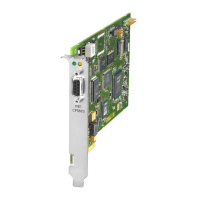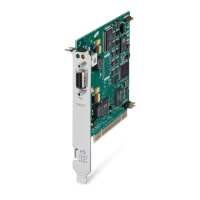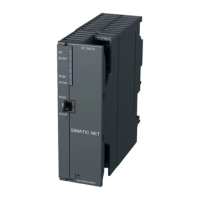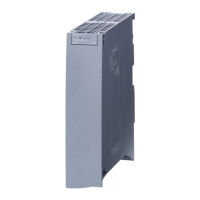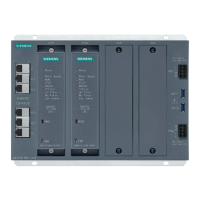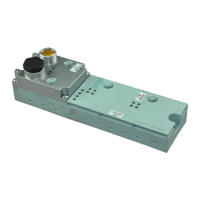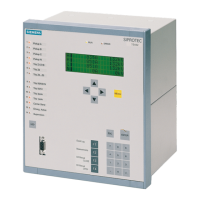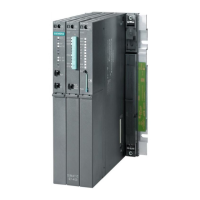Configuration
4.10 Data points
CP 1243-1
92 Operating Instructions, 04/2017, C79000-G8976-C365-03
Configuration of the mirroring back for output events (object groups 11 and 42)
You first create the data point types Binary Output Event (object group 11) and Analog
Output Event (object group 42) as described above as data points of the object groups 12 or
41.
The local values of these two object groups can be monitored for change and the changes
transferred to the master (). Changing a local value can, for example, be caused by manual
operator input on site.
To allow the value resulting from local events or interventions to be transferred to the master,
the data point in question requires a channel for mirroring back. You configure this mirroring
back function is configured using the "Value monitoring" option in data point configuration,
General tab.
Remember that to use the mirror back function, you need to interconnect the local values in
the controller with the relevant PLC tag of the data point.
Time stamps are transferred in UTC format (48 bits) and contain milliseconds.
Data point types of the "IEC" protocol
Table 4- 3 Supported data point types, IEC types and compatible S7 data types
Format (memory
requirements)
Single-point information with time tag
1)
<30> in Bool I, Q, M, DB
Single command with time tag
1)
<58> out Bool Q, M, DB
Double command with time tag
1)
<59> out Bool Q, M, DB
Step position information
Step position information with time
1)
<32> in Byte, USInt I, Q, M, DB
Regulating step command with time
1)
<60> out Byte, USInt Q, M, DB
Measured value, normalized value
Measured value, normalized value
1)
<34> in Int I, Q, M, DB
Measured value, scaled value
Measured value, scaled value with
1)
<35> in Int I, Q, M, DB
Set point command, normalised
<48> out Int Q, M, DB
Set point command, scaled value
Set point command, normalised
value with time tag CP56Time2a
1)
<61> out Int Q, M, DB
Set point command, scaled value
1)
<62> out Int Q, M, DB
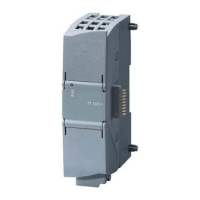
